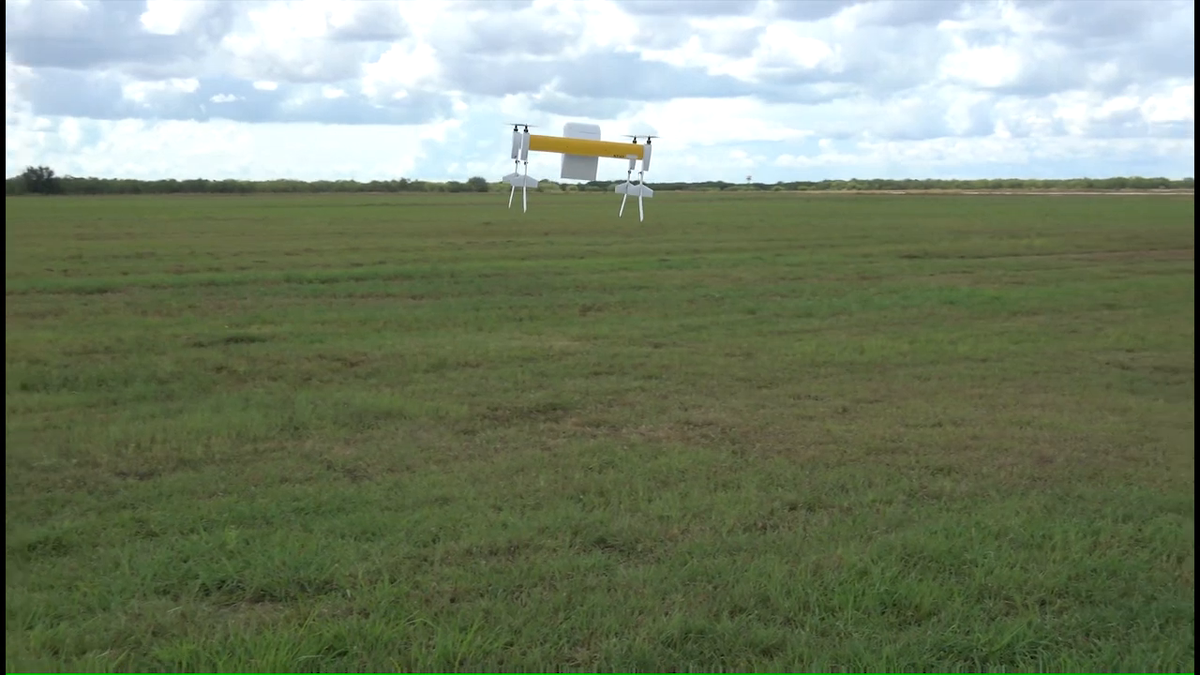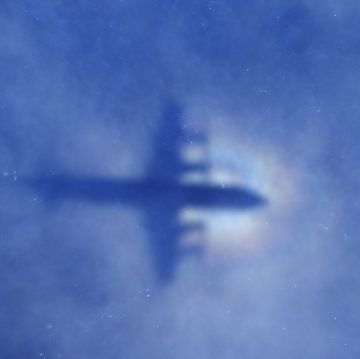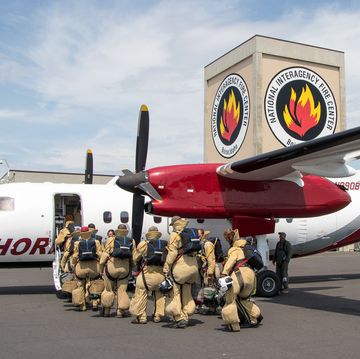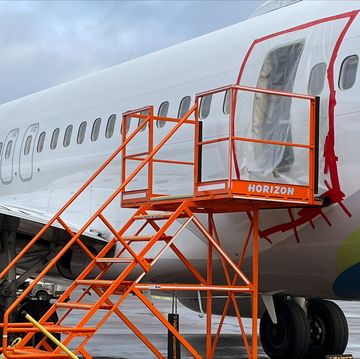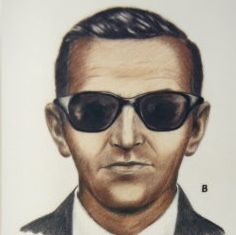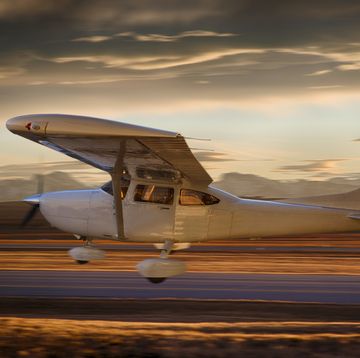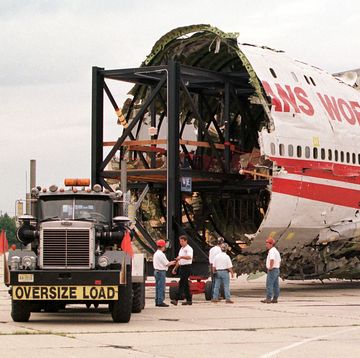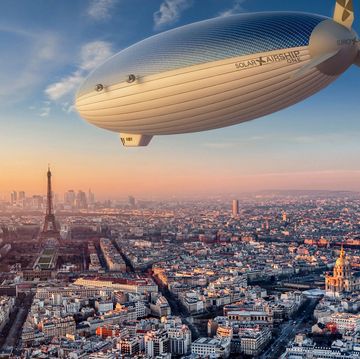As well as being the largest jet in commercial service, the Airbus A380 represents a bid by Europe's EADS to take from America's Boeing the title of world's most advanced commercial aircraft manufacturer. Critical to that endeavor is the aircraft's ability to not crash, come apart in midair, or generally imperil the lives of the public. Unhappily for Airbus, Qantas A380 was taking off from Singapore on November 4, 2010, when its number two engine exploded with a loud bang. Flying shrapnel punched a hole in the wing and injured two people on the ground, but the plane was able to land safely. Was the engine's failure a one-in-a-million coincidence, or a result of a fundamental engineering flaw? The fate of billions of dollars worth of aircraft orders may ride on the answer.
From the preliminary report into the accident. Here's what they found, together with our explanation of what the jargon means.
"A subsequent examination of the aircraft indicated that the No 2 engine had sustained an uncontained failure of the Intermediate Pressure (IP) turbine disc."
At the front of every turbofan engine is a big rotating disk of blades—the fan—that pushes air into the core of the engine. Here, it's pushed further back by more spinning blades, called the Low Pressure Compressor, and then pushed even more by another set of blades, the High Pressure Compressor. Now that the air is good and highly compressed, the engine dumps fuel into it, and the mixture ignites with a roar, expanding and exiting the back of the engine through a nozzle. On its way out, the hot exhaust pushes through further sets of blades, which are connected to drive shafts that turn the compressor blades up front, so the whole process can continue.
Two different kinds of engines are used to power the fleet of A380s; the one that came apart near Singapore is the Rolls Royce Trent 900. Like all Rolls Royce engines, the Trent 900 adds another set of compressor blades into the mix, the so-called Intermediate Pressure (IP) compressor. Instead of squeezing the air in two stages, the engine does it in three.
"The advantage is that the Rolls Royce is shorter and therefore lighter, so it has a higher thrust-to-weight ratio," says Magdy S. Attia, Professor of Aerospace Engineering at Embry-Riddle Aeronautical University in Daytona Beach, Florida. "The disadvantage is that it's much more expensive."
The power to turn the compressor blades comes from the Intermediate Pressure turbine disk; this is the part that failed.
"Sections of the liberated disc penetrated the left wing and the left wing-to-fuselage fairing, resulting in structural and systems damage to the aircraft."
...
Recent examination of components removed from the failed engine at the Rolls-Royce plc facility in Derby, United Kingdom, has identified the presence of fatigue cracking within a stub pipe that feeds oil into the High Pressure (HP) / Intermediate Pressure (IP) bearing structure."
Fatigue occurs in metal when it subject over and over again to cycles of stress, such as repeated flexing or vibration. Even if the individual loads are fairly small, they can create microscopic cracks that grow larger over time, ultimately to give way catastrophically. If you've ever bent a paper clip until it breaks, you've witnessed fatigue in action.
"While the analysis of the engine failure is ongoing, it has been identified that the leakage of oil into the HP/IP bearing structure buffer space (and a subsequent oil fire within that area) was central to the engine failure and IP turbine disc liberation event."
The crack in the stub pipe didn't directly cause the disintegration of the engine, but rather led to an oil leak into an internal space within the structure. "We believe that there was an oil leak, and that area is known to have very high temperatures. It must have caught on fire," Attia says. "The extreme heat affected the material properties, and then they let go." Remember, the inside of the engine is filled with many turbine blades moving at incredible velocity; the minute any one of them loses its integrity, it will go flying off like a piece of shrapnel, creating a domino effect of damage.
"Further examination of the cracked area has identified the axial misalignment of an area of counter-boring within the inner diameter of the stub pipe; the misalignment having produced a localized thinning of the pipe wall on one side. The area of fatigue cracking was associated with the area of pipe wall thinning (Figure 1). Misaligned stub pipe counter-boring is understood to be related to the manufacturing process. This condition could lead to an elevated risk of fatigue crack initiation and growth, oil leakage and potential catastrophic engine failure from a resulting oil fire."
The critical piece in the failure, a short length of pipe carrying lubricating oil to a bearing, had been machined incorrectly, such that the internal circumference was not even with the external circumference—in other words, once side was too thick, and one side was too thin, leaving it prone to break.
Though the Trent 900 is an impressively advanced piece of engineering, Attia doesn't believe that its recent problems stem from its place on the cutting edge of technology. "Bearings are one of the most well-known, fully mature, well-developed technologies within the engine," Attia says. "There's nothing really spectacularly new or radical about them. There's really no envelope to push." And so, he says, he believes that this problem will be fixed and that the Trent 900 will go on to a long and distinguished career.
Jeff Wise is the author of Extreme Fear: The Science of Your Mind in Danger. For a daily does of fear, and how it pertains to our everyday life, go to Wise's blog, here.
Jeff Wise is a journalist specializing in aviation, adventure, and psychology and was recently featured in the Netflix documentary “MH370: The Plane That Disappeared.” He lives north of New York City and for fun flies gliders and single-engine airplanes.


